Here’s a touchy topic that every dog lover needs to hear: some dogs simply should never be left home alone. While most pups can handle a few hours of solitude, certain breeds and individual dogs struggle with separation anxiety, boredom, and mischief that can lead to chaos. It’s not about being dramatic; it’s about acknowledging the reality that some dogs require more attention and companionship than others. So, let’s jump into the list of 15 dogs that could benefit from a little extra human company.
1. Border Collies
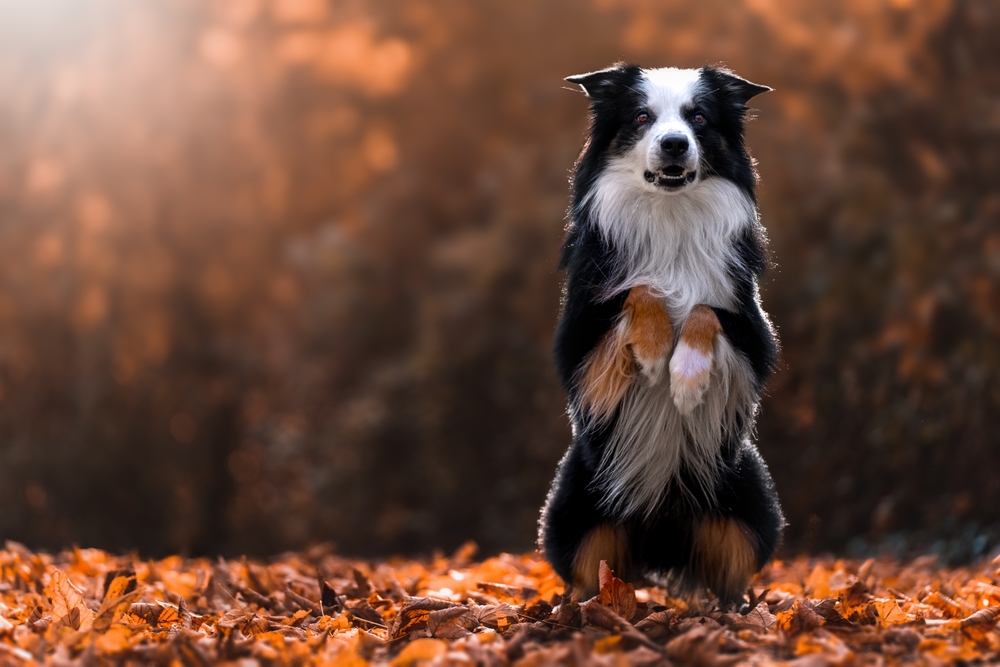
Border Collies are known for their extraordinary intelligence and high energy levels, making them one of the worst candidates for solitude. When left alone, their sharp minds and need for activity can lead them to find their own “fun,” which often means chewing on furniture or redecorating your home with toilet paper. According to PetsRadar, they thrive on having a job and being mentally stimulated, so human interaction is essential.
Without adequate exercise and mental challenges, Border Collies can become anxious and destructive. They excel in environments where they can participate in activities like agility training or herding, allowing them to burn off energy in a productive way. If you can’t commit to keeping their minds busy, it might be better to consider a different breed that can handle more downtime.
2. Huskies
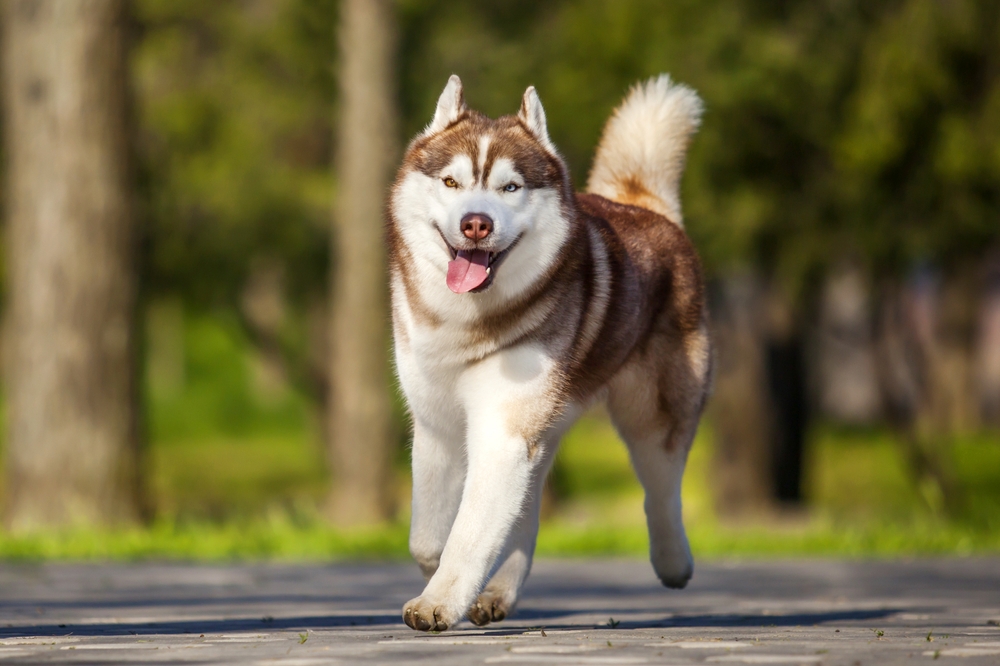
Huskies are the epitome of an adventurous spirit, and being left alone doesn’t suit their nature. Known for their incredible stamina and love for the great outdoors, a lonely Husky might decide to create their own escape plan. Hello Bark highlights that their intelligence and resourcefulness mean they can turn a simple day at home into a Houdini act.
These dogs are bred for running long distances and can become restless and destructive if not given enough exercise and companionship. Huskies enjoy being part of a pack, whether it’s with humans or other dogs, and can suffer from separation anxiety when left alone for too long. To keep a Husky happy, consider doggy daycare or hiring a dog walker if you can’t always be there.
3. Jack Russell Terriers
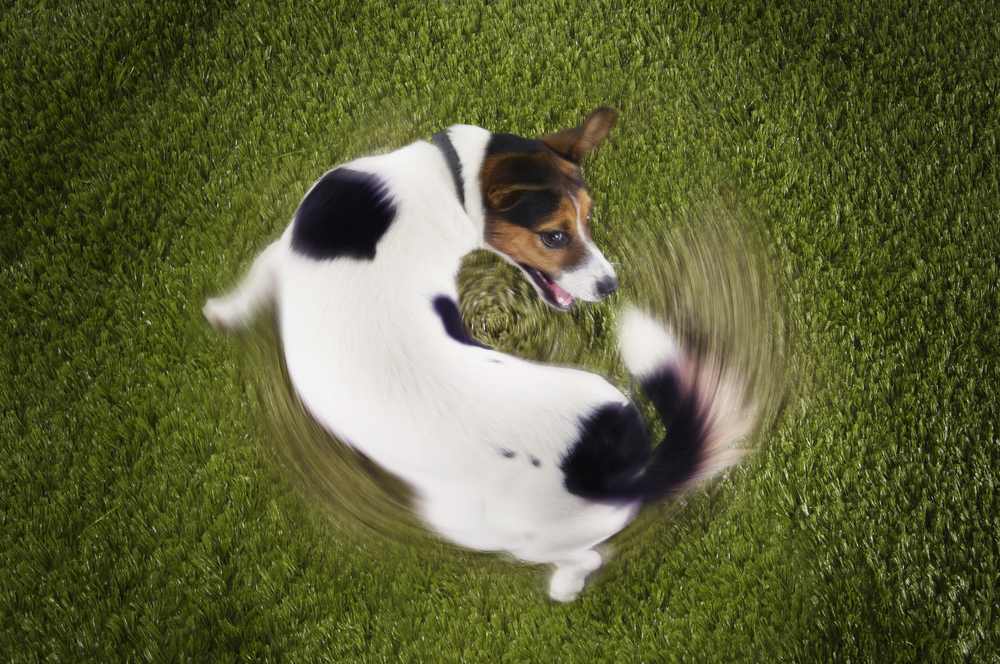
Bursting with energy and curiosity, Jack Russell Terriers might seem small, but their need for adventure is mighty. When left to their own devices, they might become destructive or overly noisy. Their agile little bodies can find their way into all sorts of trouble, often leading to chewed furniture or dug-up gardens.
This breed requires not only physical exercise but a significant amount of mental stimulation as well. They are happiest when they’re busy with interactive toys or engaged in training games. If left alone too often, their mischievous nature can lead to a household that’s more chaos than calm.
4. Australian Shepherds
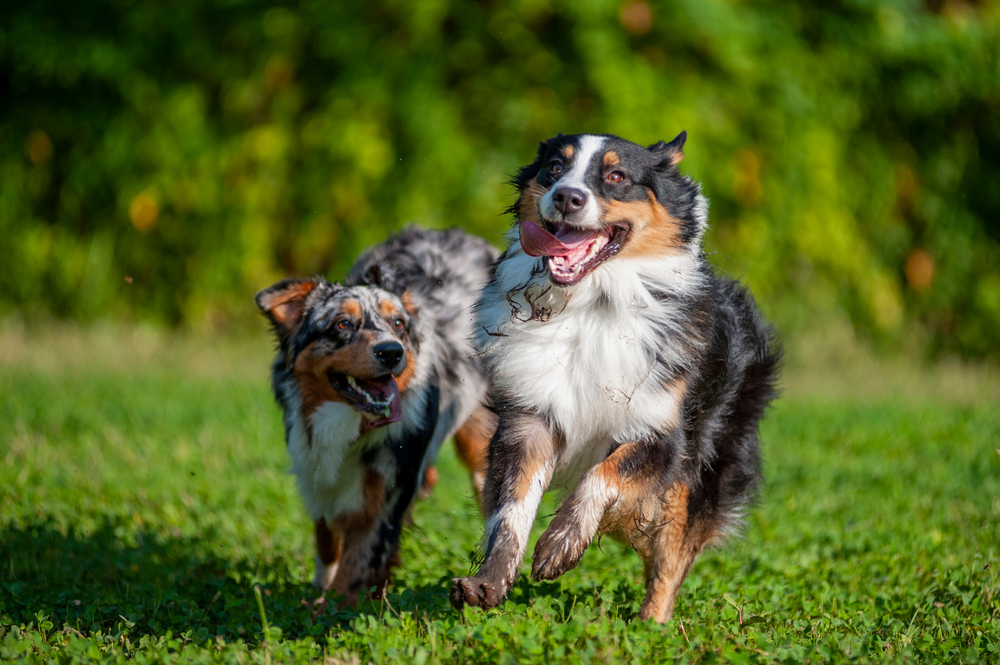
Australian Shepherds are another breed that makes this list due to their intelligence and high energy levels. Known for their herding instincts, these dogs crave interaction and tasks to keep them occupied. Without adequate stimulation, they can become destructive, leading to a not-so-peaceful time away from home.
Their energetic nature means they excel in environments where they can use their natural instincts in positive ways, like agility courses or obedience training. If they’re left alone for long stretches of time, they can become anxious and hyperactive, creating a less-than-ideal situation for both the dog and the owner. Frequent companionship and activities are key to a happy Aussie.
5. Beagles
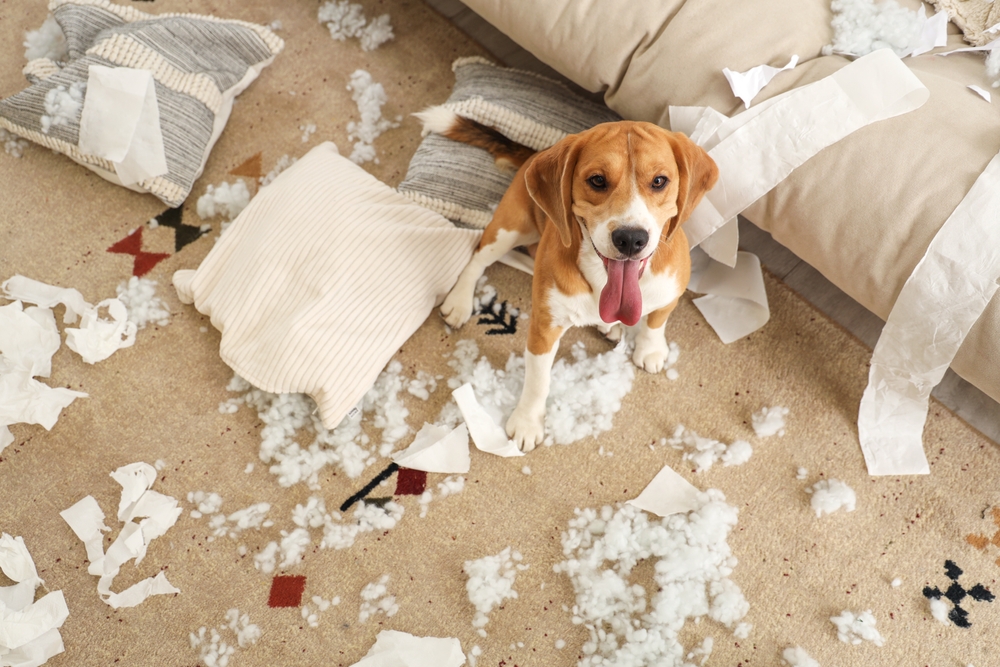
Beagles might have a reputation for being sweet and friendly, but they can be quite the handful if left alone. These scent hounds are known for following their nose, which can lead them into trouble if not supervised. Boredom can lead a Beagle to become noisy, and their howling might not be appreciated by the neighbors.
These dogs love to be part of a family unit and thrive when they have company to keep them entertained. Their inquisitive nature requires regular mental and physical stimulation to keep them from getting into mischief. Leaving a Beagle alone for too long can result in a frustrated pup and a messy home.
6. Dachshunds
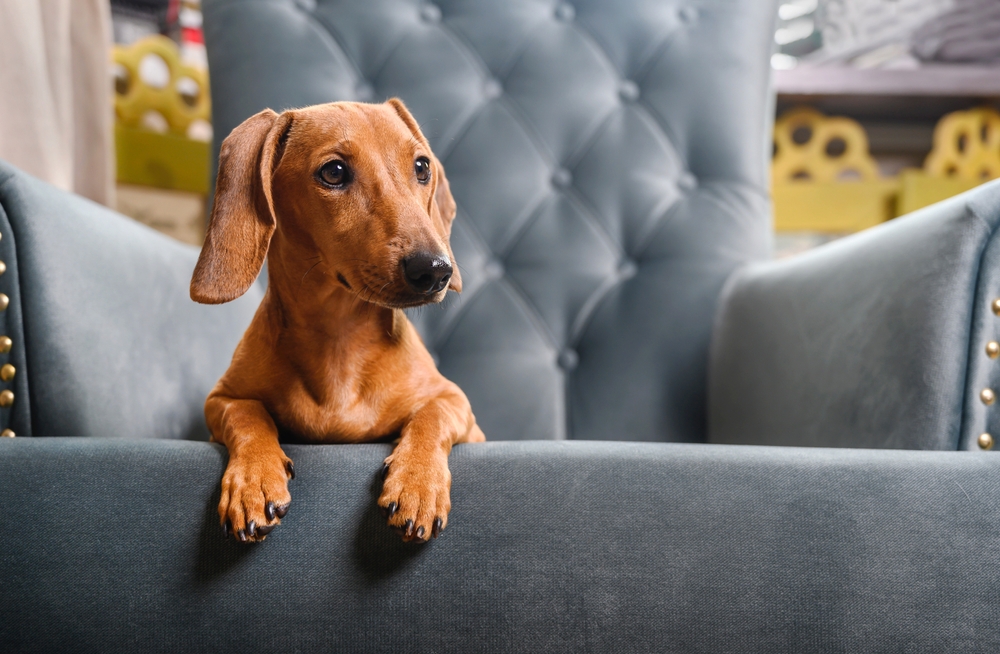
Known for their distinct shape and feisty nature, Dachshunds can struggle with being left home alone. This breed is fiercely loyal and can develop separation anxiety, leading to destructive behavior or excessive barking when left to their own devices. Their stubborn streak might drive them to dig or chew more than you’d like.
While they’re small in size, Dachshunds have a big personality that requires attention and patience. They’re happiest when they have a routine and plenty of interaction with their human family. Providing them with toys and puzzles can help alleviate boredom, but they truly thrive with company.
7. Cane Corsos
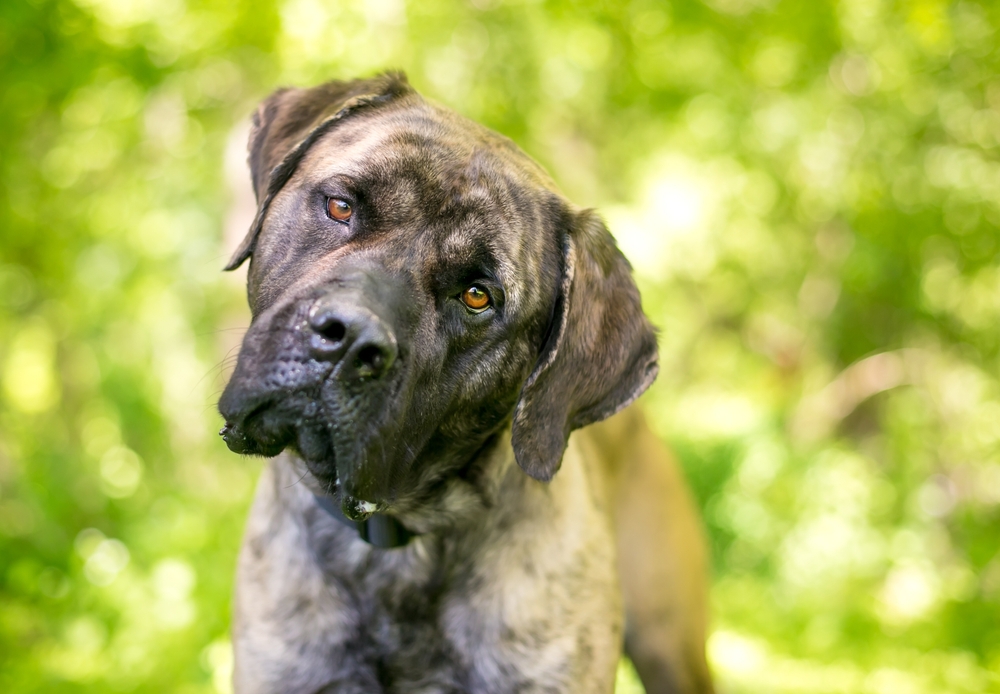
Cane Corsos are powerful, loyal, and protective, making them great companions but poor candidates for long periods of solitude. Their strong bond with their human family means they can become anxious and distressed if left alone for extended times. This anxiety can manifest in destructive behavior or excessive drooling.
These majestic dogs require plenty of exercise and prefer being included in family activities. They are happiest when they have a role to fulfill, even if it’s just following you around the house. Leaving a Cane Corso frequently on their own can lead to a lonely and misunderstood pet.
8. French Bulldogs
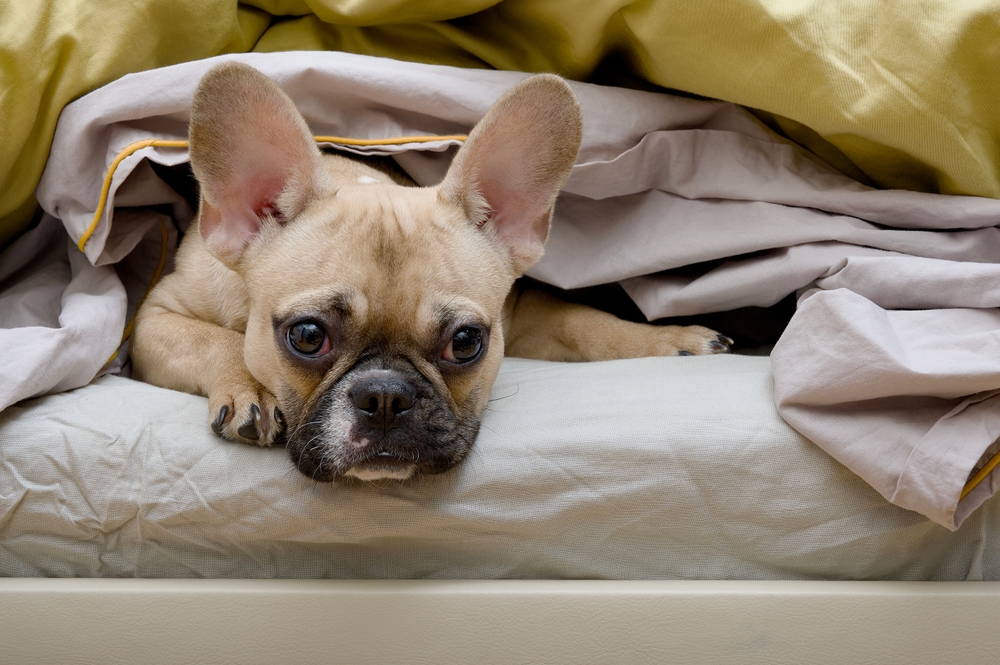
Despite their small size, French Bulldogs are companions through and through, and they do not do well when left alone. Known for their affectionate nature, these dogs can suffer from separation anxiety, which might lead to barking or destructive habits. Their short snouts also require careful attention to environmental conditions, adding to the need for supervision.
French Bulldogs thrive on human interaction and love being part of the family’s daily activities. Since they can’t handle extensive exercise due to their physical makeup, they rely heavily on companionship to satisfy their emotional needs. Leave a Frenchie alone too often, and you might come home to an unhappy and anxious pup.
9. Bichon Frises
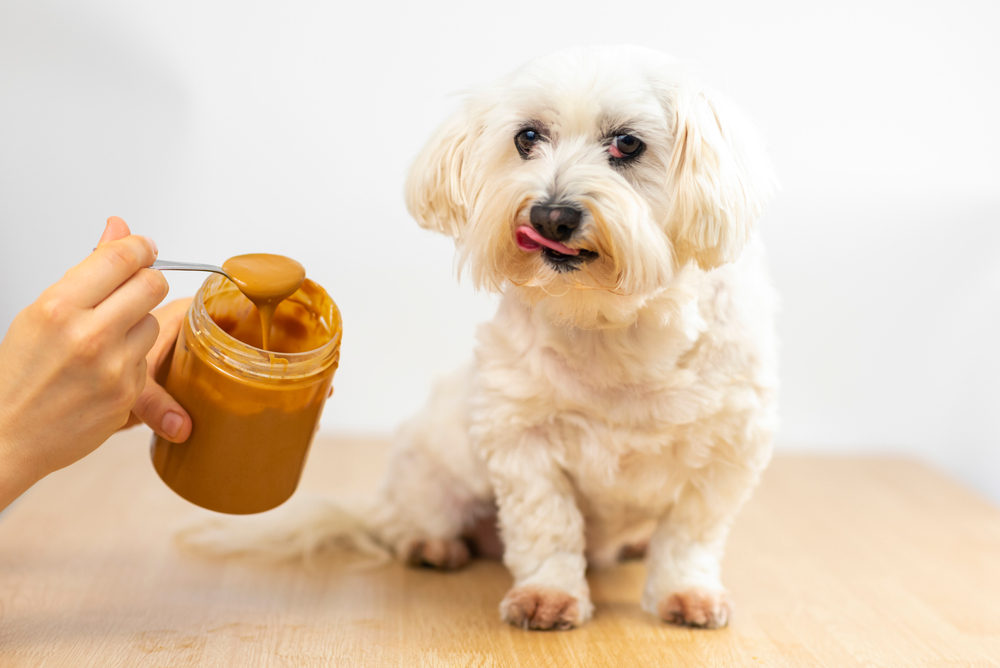
Bichon Frises are the epitome of a companion dog, and solitude is not their strong suit. These fluffy friends are prone to separation anxiety, and being left alone can lead to excessive barking or unwanted chewing. Their cheerful disposition can quickly turn into stress if they’re isolated for long periods.
These dogs need regular attention, grooming, and playtime to stay happy and healthy. They are social butterflies that thrive in environments where they’re surrounded by people or other animals. Leaving a Bichon Frise home alone frequently could result in a less-than-cheerful pup awaiting your return.
10. Chihuahuas
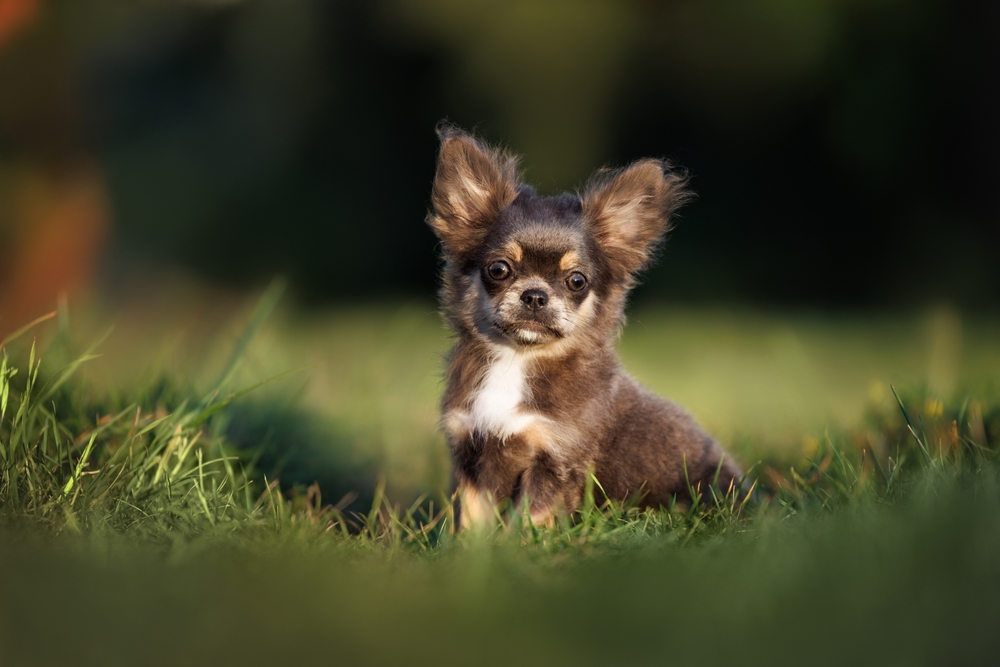
Chihuahuas may be small in stature, but their need for companionship is immense. Often forming close bonds with their owners, these dogs can become distressed if left alone for long stretches. Their anxious nature can lead to excessive barking or nervous behaviors that can be challenging to manage.
These tiny dogs are happiest when they’re with their human family, participating in the day’s activities. They require a sense of security and a consistent routine to feel comfortable. Leaving a Chihuahua alone frequently isn’t recommended, as they thrive on the love and attention that comes with a close-knit household.
11. Pugs
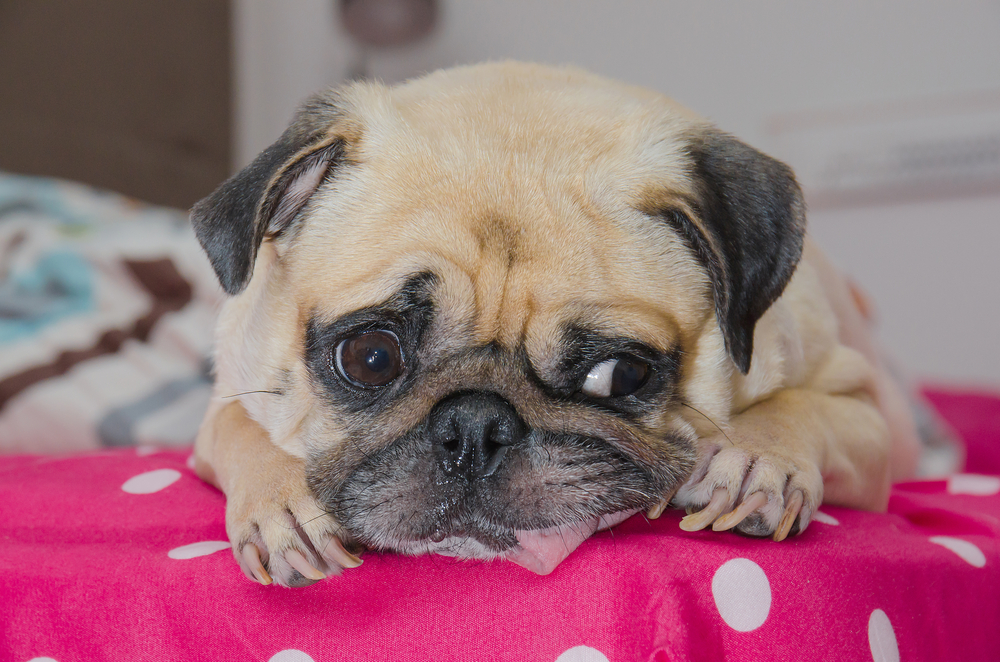
With their adorable faces and charming personalities, Pugs are known for their need for companionship. They form strong attachments to their humans and can struggle with separation anxiety if left alone too often. Their boredom can translate into mischief, leaving you with a pug who’s been up to no good.
Pugs enjoy being part of the action, whether it’s watching TV on the couch or joining you for a leisurely walk. They thrive in social environments where they feel included. Frequent solitude isn’t ideal for a Pug, as they prefer having their favorite humans close by to share in their day.
12. Maltese

The Maltese is elegant and affectionate, but being left home alone can be challenging for this breed. Their sociable nature means they crave interaction and can become anxious if left to their own devices for too long. Their anxiety can manifest in behaviors like barking or destructive chewing.
These dogs love being pampered and included in family activities, needing both physical and emotional engagement to flourish. They enjoy playing and being part of the family’s daily life. Leaving a Maltese alone for extended periods can result in a stressed and unhappy pet.
13. Cocker Spaniels
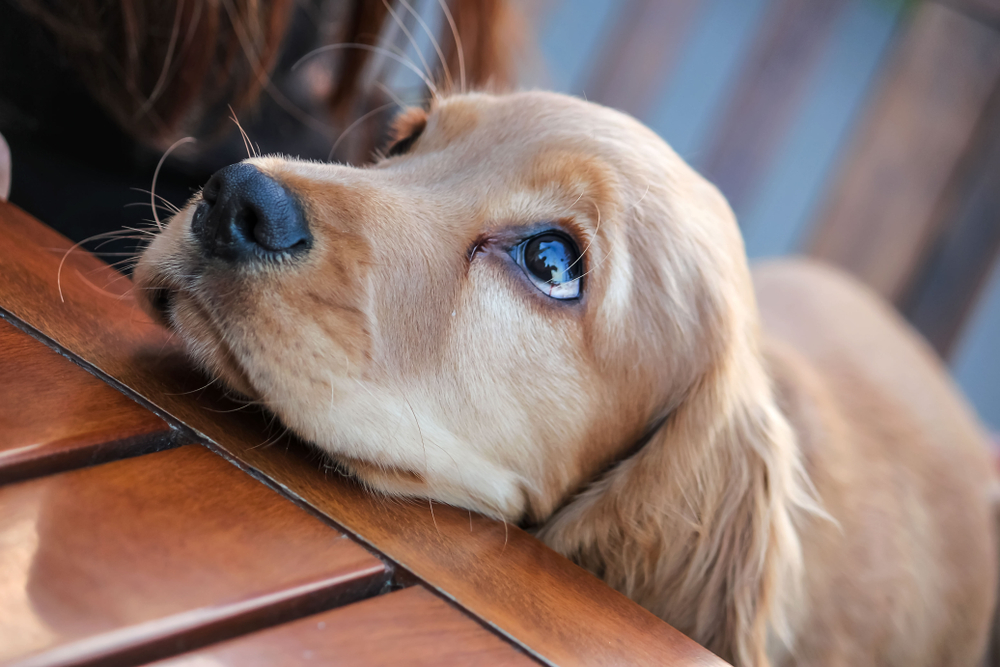
Cocker Spaniels are affectionate and gentle, but they don’t fare well with being left alone. Prone to separation anxiety, these dogs might become noisy or find ways to entertain themselves that aren’t particularly house-friendly. Their loyalty makes them eager to be part of the family’s activities.
These dogs require plenty of exercise and mental stimulation to keep them content. Socialization is key for a Cocker Spaniel, as they thrive when surrounded by people or other pets. Leaving them alone too often can lead to anxiety and undesirable behaviors, making them a breed best suited for attentive owners.
14. Pomeranians
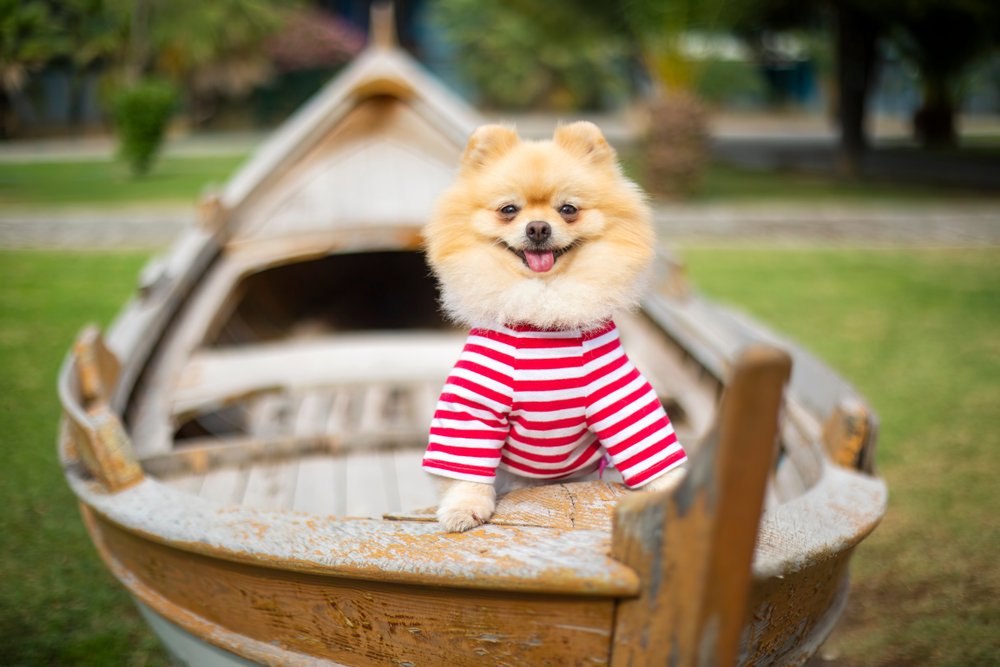
Pomeranians are lively and confident, but they don’t handle solitude well. They form strong bonds with their owners, and being left alone can lead to behaviors like barking or chewing. Their fluffy coats need regular grooming, which adds to their need for consistent attention.
These spirited dogs love to be the center of attention and are happiest when they’re part of the daily hustle and bustle. They require an environment where they feel secure and valued. Leaving a Pomeranian alone frequently might lead to a less-than-cheerful disposition and unnecessary stress.
15. Papillons
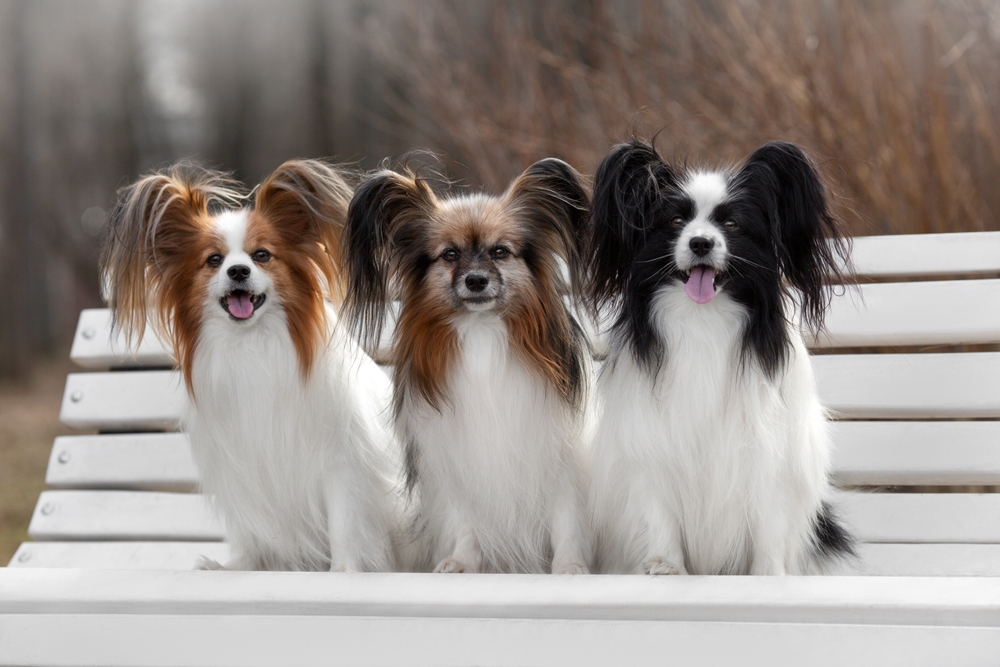
Papillons are intelligent, graceful, and highly social, which means they don’t enjoy being left alone. Their curiosity and energy can lead them to find their own entertainment, which might not align with your home’s decor. Anxiety and boredom can result in excessive barking or mischievous behavior.
These dogs flourish in environments where they receive plenty of attention and mental stimulation. They’re inquisitive and enjoy learning tricks or participating in dog sports. Leaving a Papillon alone too often isn’t ideal, as they thrive on the companionship and interaction that comes with being part of an engaged household.
